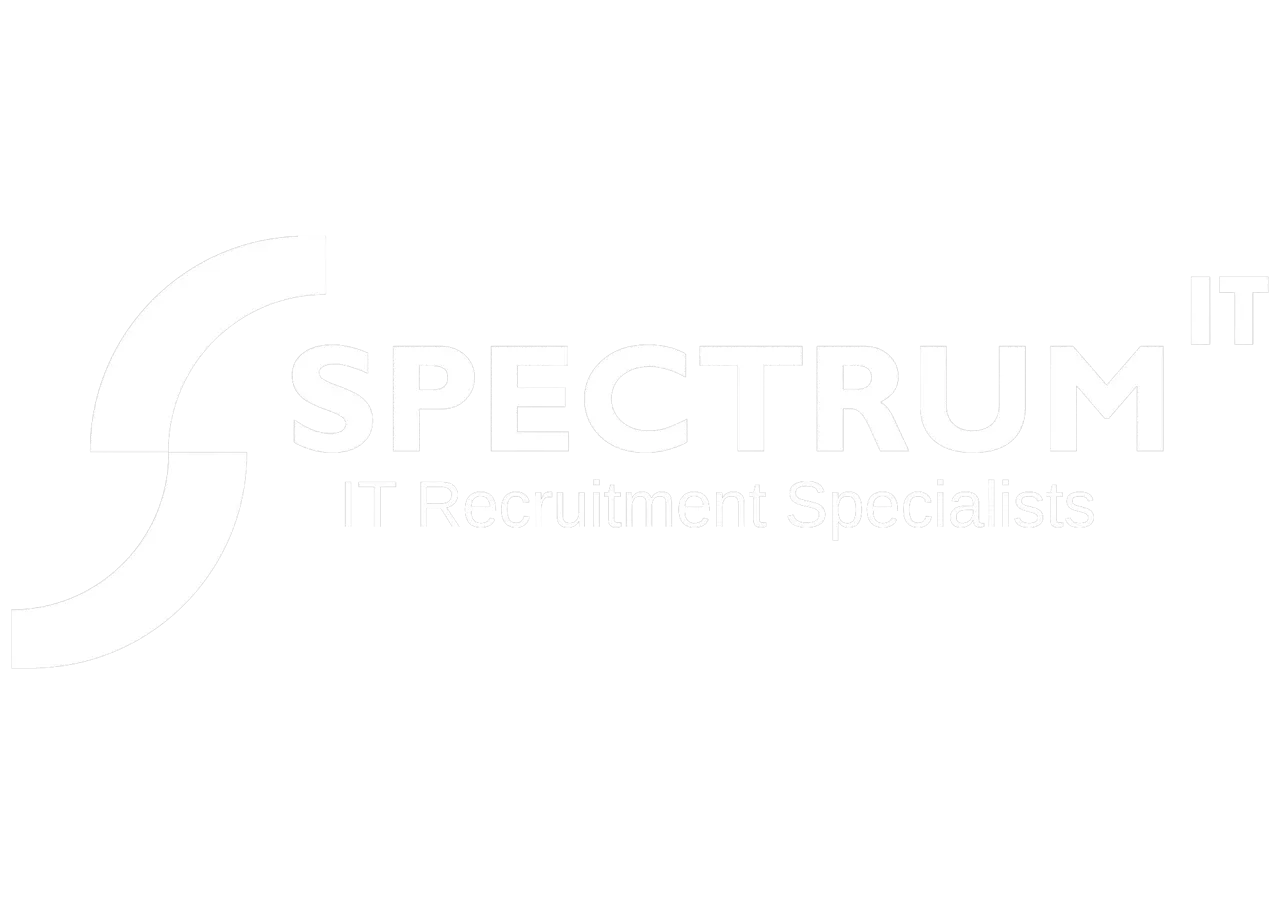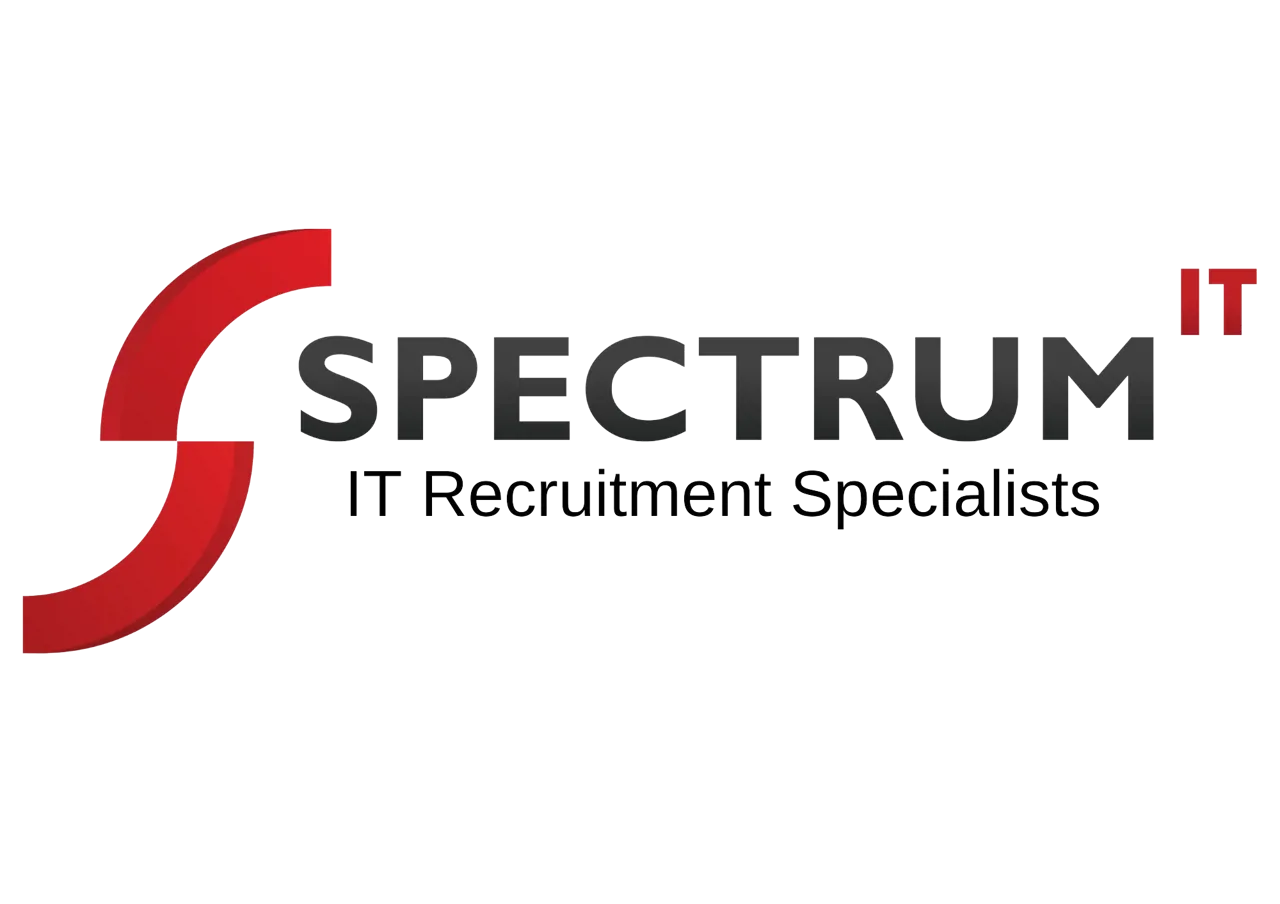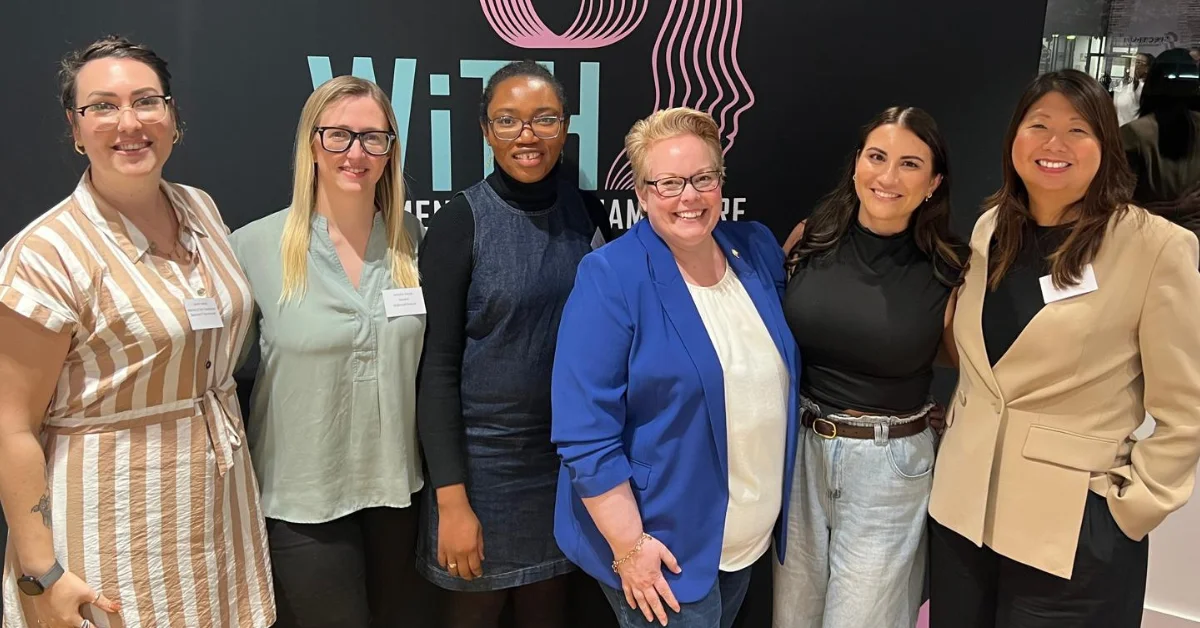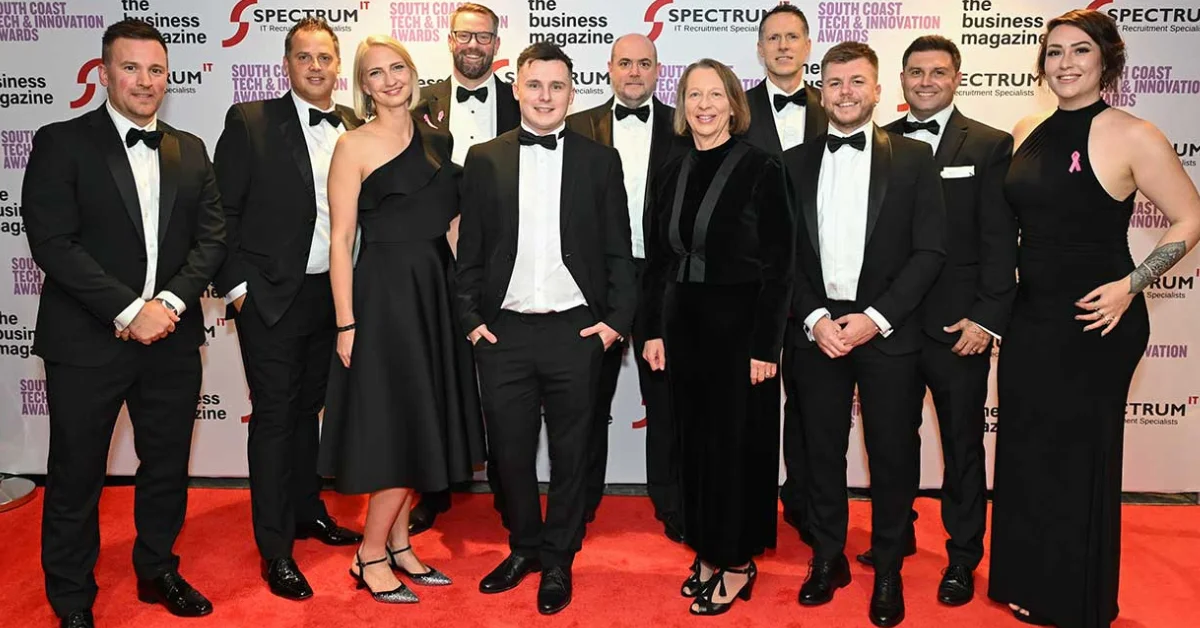
Hampshire AI November 2025 - AI vs Automation
20 Nov, 20258 minutes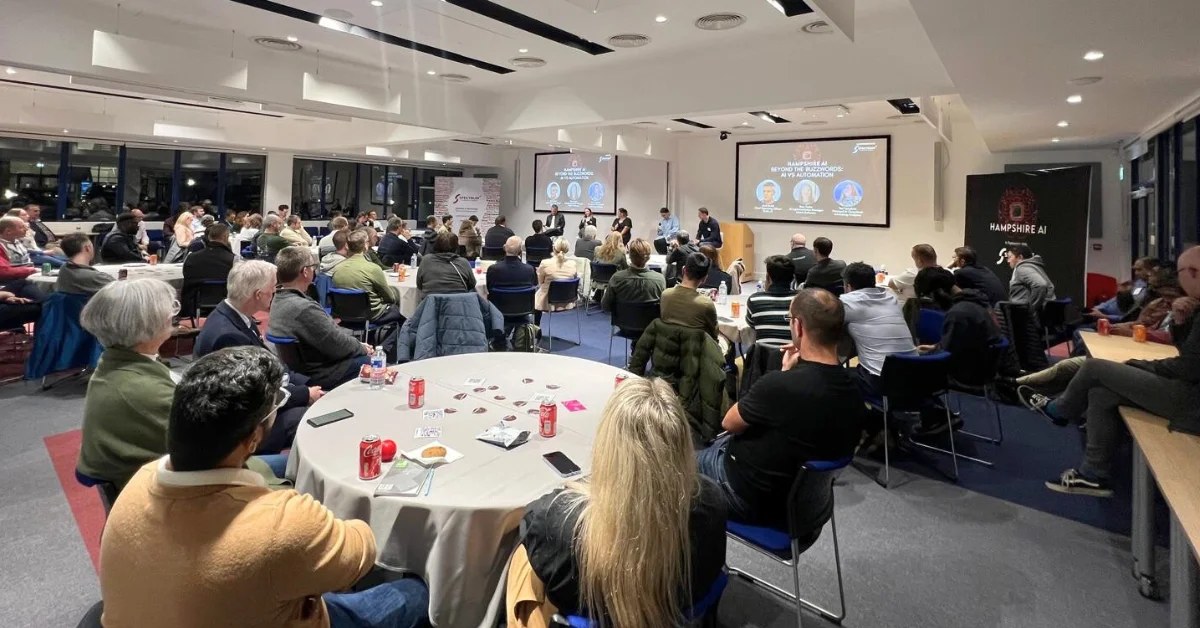
Hampshire AI November 2025 – AI vs Automation
It was the last event of the year for our Hampshire AI networking group, and what a year it’s been! Our first meet-up in 2026 will be the one-year anniversary of this group’s launch and we’re so proud of how much it’s evolved and grown in this time. Thank you to everyone who has joined us for any of the events, and we hope you’ve found them valuable.
The room was packed with almost 80 people from a variety of backgrounds for a panel-style discussion on the real-world difference between AI and automation, as well as an opportunity to network.
We welcomed three incredible speakers who shared invaluable insights on the challenges and future potential of harnessing AI and automation. On the panel was Mark Budd, Chief Operating Officer at DUAL UK, one of the world’s largest underwriting agencies. Mark brings a wealth of experience working across IT and Operations, driving business success. Joining him was Samantha (Sam) Taylor, AI Implementation Manager at Unilink Software, the leading provider of prison and probation technology in the UK. Sam has a vast understanding of business, coupled with a passion for the responsible and effective implementation of AI technologies. Finally, we also welcomed Tori Tompkins, Principal AI Consultant at Advancing Analytics, who is a specialist in MLOps and LLMOps. She is also a keen advocate for women in coding, data and AI.
The panel format of the event led to a lot of discussion and some thought-provoking queries from the audience, making for an enjoyable and engaging evening. Hosted by Spectrum IT’s Lauren James and Steve Wright, we put our key questions to the panel for their expert opinions.
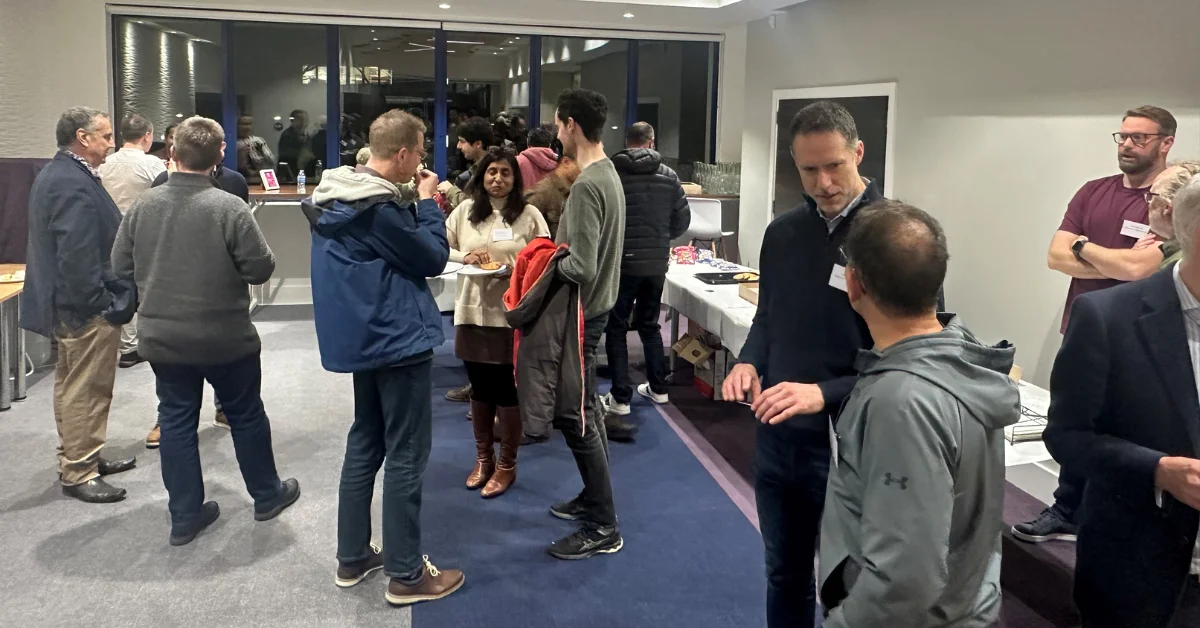
Implementing Automation and AI
One of the main problems with AI implementation is that businesses can get caught up in the frenzy, so it’s important to identify when they truly need AI or automation, and which is best suited to what tasks.
Tori explained that there’s so much hype and, as a result, problems crop up a lot. It’s often the case of trying to compare AI to the usual approach. This is where you need to be asking whether AI is actually needed and to educate people around what tasks are worth using AI for. For example, Tori shared situations in which AI has been used for responding to customers making insurance claims, creating text answers and then having decisions made based on these AI responses – we discussed the risks, safety and ethics of using AI in situations like this at our June 2025 Hampshire AI meeting.
Sam explained the frustrations when it comes to implementing AI processes within a business. Internal teams often say to ‘just use AI’, when it’s not as simple as that. It starts with understanding what the business is trying to do. Mark agreed – he works with over 20 customers per week, and it can be hard to cut through the hype, saying that businesses need to “get to the bottom of what needs to be solved”.
Another issue is implementing AI effectively within existing teams. Sam said there might be 80% tech people versus 20% non-tech people, and that 20% needs to be coached and trained on how to get the best out of AI tools. Likewise, it’s important to review tech and non-tech tasks, break down these processes and see where and how to use AI – but of course, there can be human resistance to implementing these tools. As Tori explained: “Sometimes AI will replace aspects of human jobs, but people and jobs will and should evolve with it.”
Misconceptions with AI
Misconceptions abound when it comes to AI and automation, but they don’t always reflect the reality. Tori said that the biggest misconception is that AI is the answer to everything and everything needs to be AI. She described working with a company that built a chatbot that wasn’t giving out the right answers, so they instead wanted to change the bot to only using set questions. However, even if hallucinations are received, it doesn’t mean that they’re not appropriate; AI shouldn’t be left to run answers without some human interaction to check and review.
We asked our panel if they had examples of automation being mistaken for AI and what lessons could be learned from that. Sam talked about automated emails and how there can be confusion over automated responses versus AI-generated responses; the same goes for chatbots, where there’s a difference between ones that use static response (ie automation) and those that generate unique responses thorough Large Language Models (LLMs). The key is in understanding how these different tools work and it offers a great chance to upskill and learn more about the tech.
Mark also talked about this idea of upskilling to meet the new technology. He discussed tools that can be quicker or faster than humans, for example in data entry. This can be a mundane human role, but if a person learns to manage the model that can run the data, it can become a more rewarding experience. He also suggested that operational aspects are hard to solve when it comes to using AI over automation, comparing the use of actual data to AI and the risk of hallucinations. 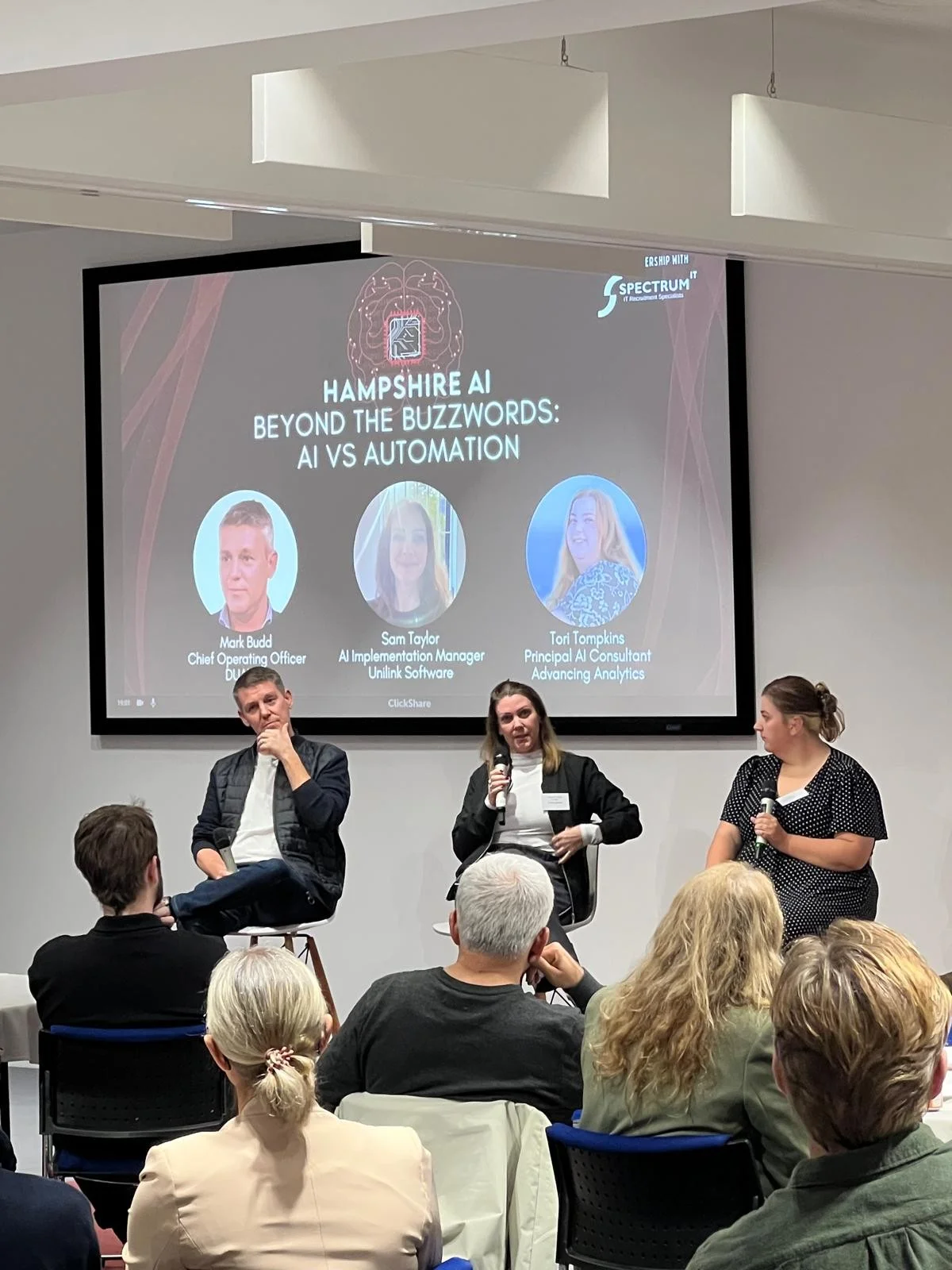
Ethics and Governance
One area that always comes up in any discussion around AI and automation is that of ethics and governance. We asked our panel about the challenges faced when implementing the new technology, and they all had experience of restrictions across multiple sectors. Mark pointed out that the financial services industry is highly regulated and implementation has to be very careful with full transparency. Tori shared her experience of an AI bot built for an insurance company to answer calls with a brief to be empathetic, but it was too over the top for a car-crash victim – something a human respondent might be more aware of. And then there are also issues around employees using shadow or unlicensed AI tools – it all comes down to teaching and training, emphasised Tori. Spectrum IT’s Steve shared our own internal experience of seeing AI used in recruitment. Not only are AI CVS being used, albeit not to a high level, there is a bigger problem of AI being used for job applications and hiring companies using AI to filter applicants – AI is filtering AI!
The Future of AI
The discussion turned towards automation and AI becoming the norm, generative AI and misconceptions around the use of these technologies.
For Mark, automation becomes the norm when “it becomes critical and making correct decisions with no control – air traffic, medicine, etc”. Similarly, Tori agrees that the point is when it “starts to generate the right stuff”; at the moment, it’s hard to prevent LLMs from producing hallucinations. There’s a wider conversation around generative AI, with Sam reminding everyone that tools like ChatGPT can often give the wrong answers and it requires people to be clear about the output they want, as well as apply sensible checks on the output. Mark pointed out that while unexpected outputs can occur, they’re not always negative. In one project with a housing association, the system was trained to detect mould but instead identified water leaks. It wasn’t a hallucination - it was the model learning patterns beyond its original scope, ultimately providing valuable insight even if it wasn’t part of the initial plan.
We rounded up the evening by considering where AI might be in the next 12 months. Mark said that he wouldn’t want to guess, but “we know AI is here, so we first need to know how to use it right and ethically”. Sam, likewise, didn’t want to predict as it can all change so rapidly, but she hopes to see it in organisations to help people work smarter. Tori would like to see AI that’s more flexible, and thinks we’ll see a rise in the use of agentic (autonomous) AI systems to help with tasks like booking meetings.
With a chance to discuss the topics on hand and network, this was a lively evening, and it was a pleasure to see so many faces, both new to us and regulars. We can’t wait to kick of a new year of discussion on 27th January. 
